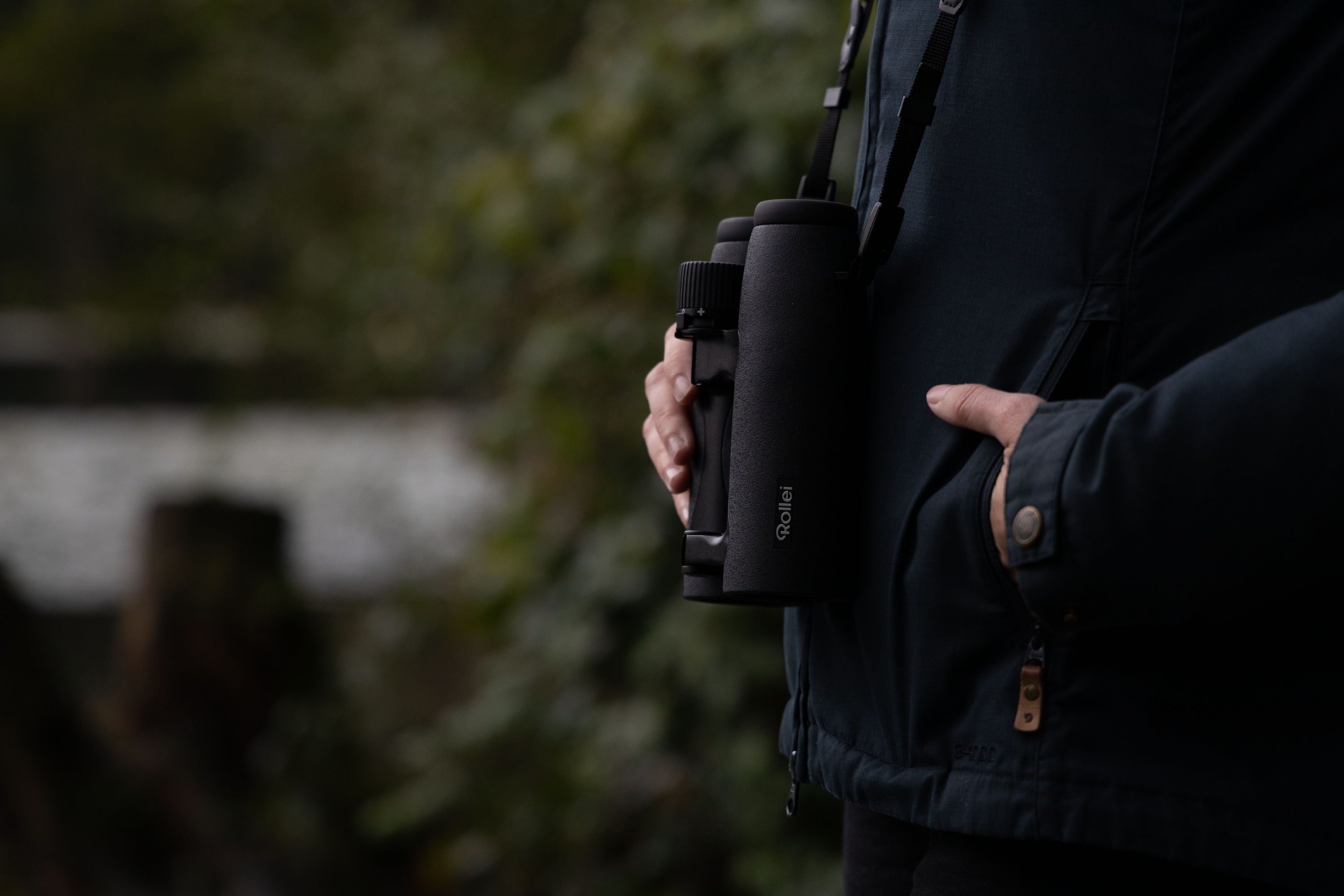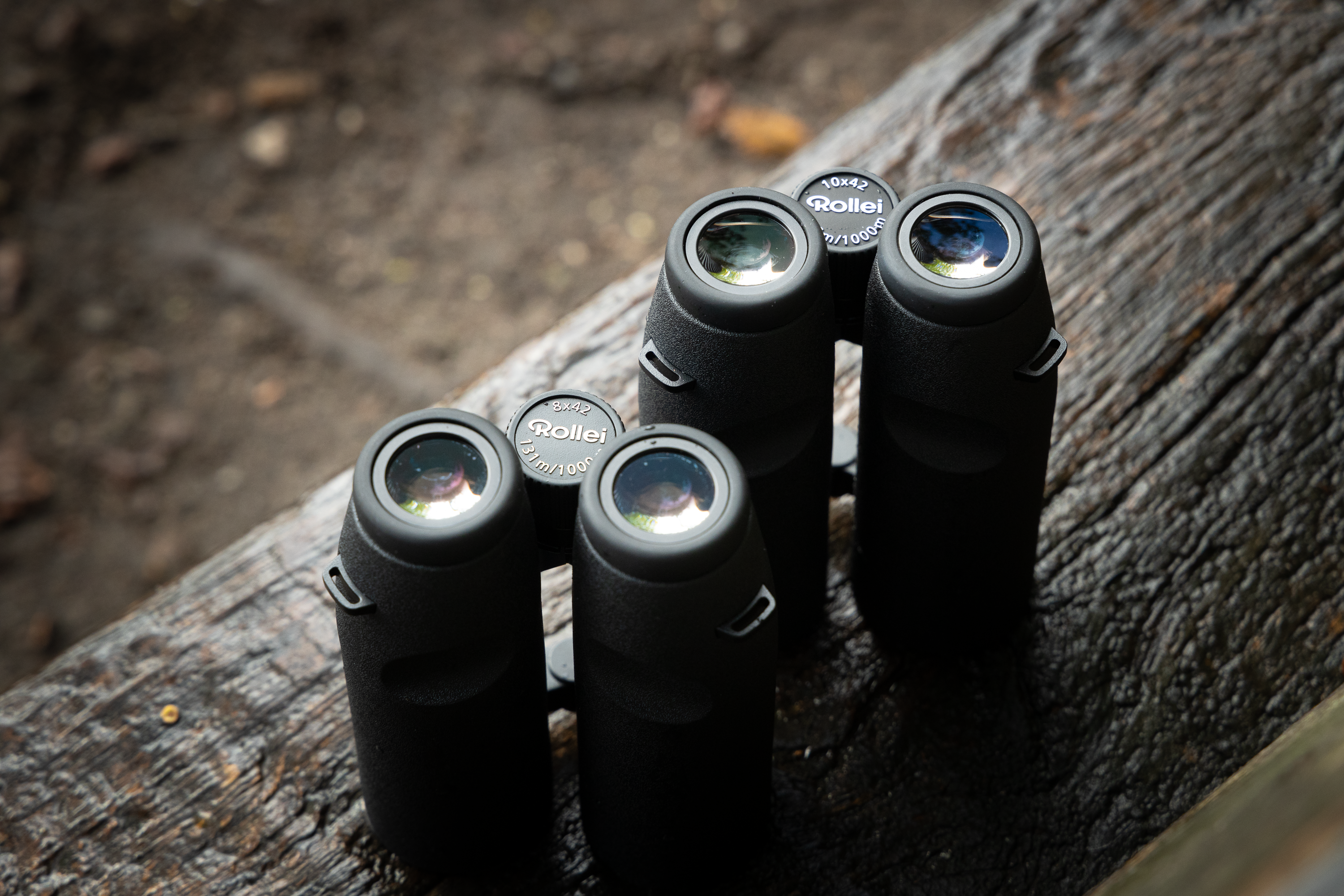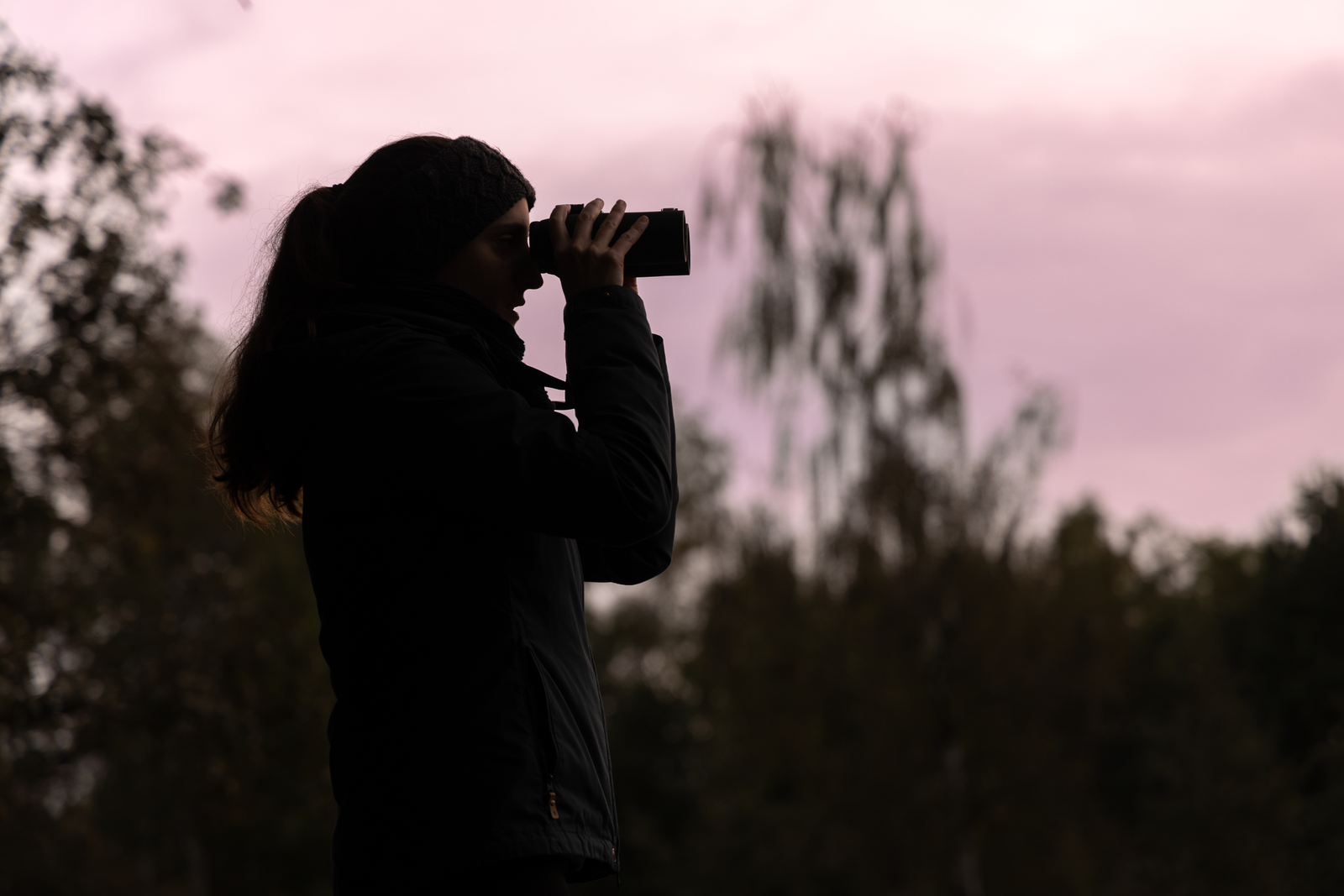Binoculars are fascinating optical instruments that bring us closer to the wonders of nature, the starry sky, sporting events and much more. But given the variety of models and specifications, choosing the right one can be difficult binoculars be overwhelming. In this blog post we explain everything you need to know about binoculars and give helpful tips for purchasing them.
Why do I need binoculars anyway??
Binoculars are used to magnify distant objects and are used for various activities such as Bird watching, hunt, astronomy, Sporting events and Nature explorations used.
Choosing the right binoculars depends on your specific needs and preferred application. By considering the above points, you can find a pair of binoculars that will last you for years and enrich your observations.

When buying binoculars you should pay attention to the following aspects:
- Weight: A good pair of binoculars for hiking or traveling should ideally weigh between 500 and 800 grams. Lighter models are more comfortable to carry, but too little weight can come at the expense of image stability and robustness.
- Coatings: There are different types of coatings used on binoculars. The most common are:
- Anti-reflective coatings: They reduce light reflections and thereby increase light transmission. This results in a brighter and clearer image.
- Phase correction coatings: They are applied to the roof prisms and correct phase shifts in the light, improving image sharpness and contrast.
- Water and dirt repellent coatings: They make cleaning easier and protect the lenses from moisture, dirt and oil.
- Type of prisms: There are two main types of prisms in binoculars: roof prisms and Porro prisms. Roof prisms are typically more compact and lighter, while Porro prisms often offer a wider field of view and better depth perception.
- Diopter compensation: This is especially important for people whose vision varies between both eyes. Diopter compensation makes it possible to compensate for small differences in vision.
- ergonomics and ease of use: Handling should be comfortable, with a non-slip surface and easy-to-reach focusing wheels or adjustment levers.
Which strength for a good pair of binoculars? What is better: 10x42 or 8x422?
The ideal strength depends on the area of application. In general, 8x to 10x magnifications offer a good compromise between magnification and image stability.
- 10x42: Offers higher magnification, ideal for distant objects. At this distance, it may also be worth using a tripod to avoid camera shake.
- 8x42: Offers a wider field of view and is easier to stabilize, ideal for observing in moving situations and at shorter distances.
- Short to medium distances (up to 200 m): 8x Magnification is usually sufficient.
- Medium to long distances (200 m and more): 10x or higher magnifications are advantageous.

Which binoculars for which purpose?
- Nature and bird watching: 8x42 or 10x42 are popular because they offer a good balance between light intensity and magnification.
- Hunting: 10x42 for long distances, 8x42 for denser vegetation.
- Astronomy: 10x50 or higher, to collect as much light as possible.
- Sports and event visits: A more compact pair of binoculars with 8x magnification is often sufficient.
You should pay attention to this when caring for your binoculars:
- Use special microfiber cloths and lens cleaning fluids.
- Store binoculars in a bag to protect them from dust, moisture and shock.
- Check the settings regularly and adjust if necessary.
We hope that we were able to give you a good initial overview of binoculars. If you have any questions or would like advice, you can find our service at any time HERE.

